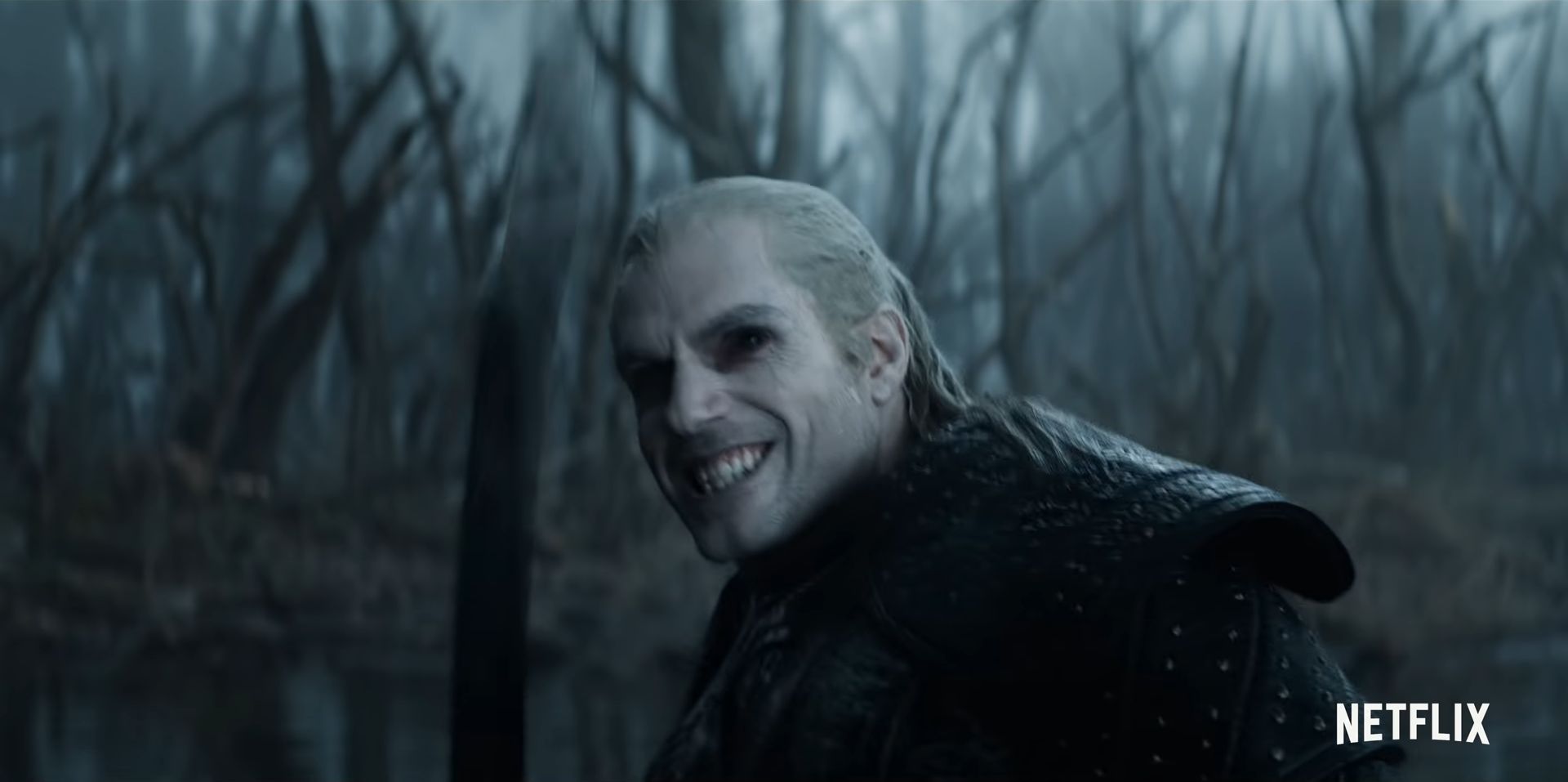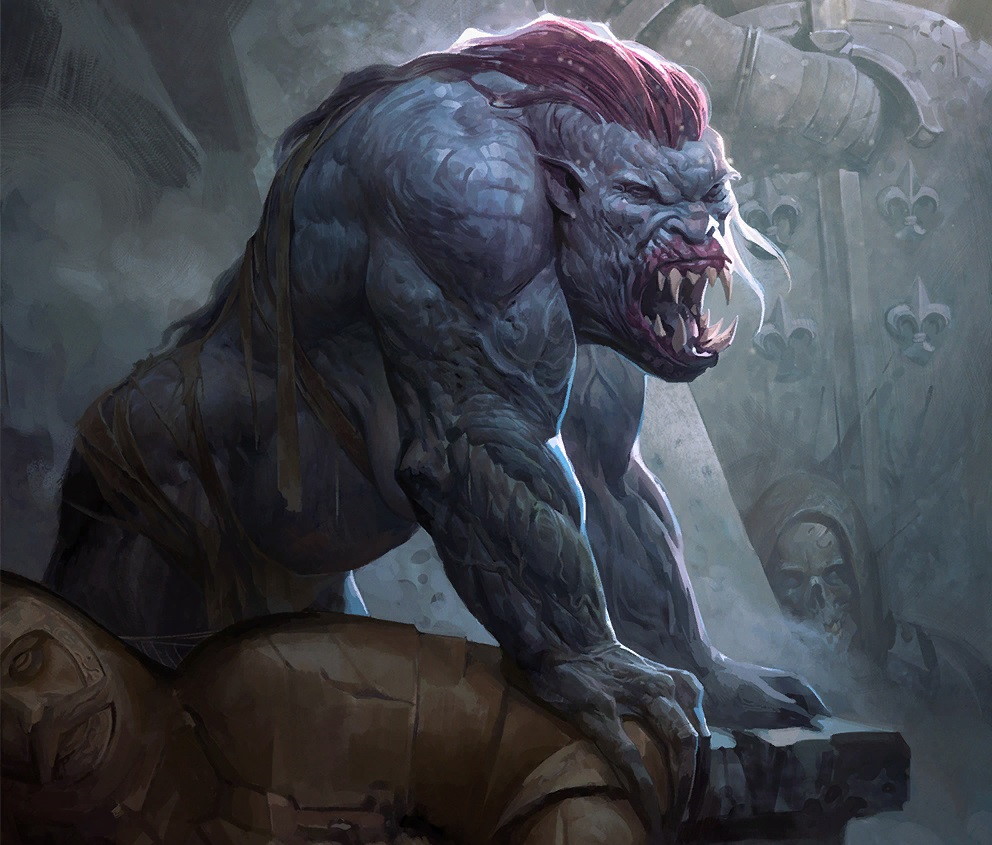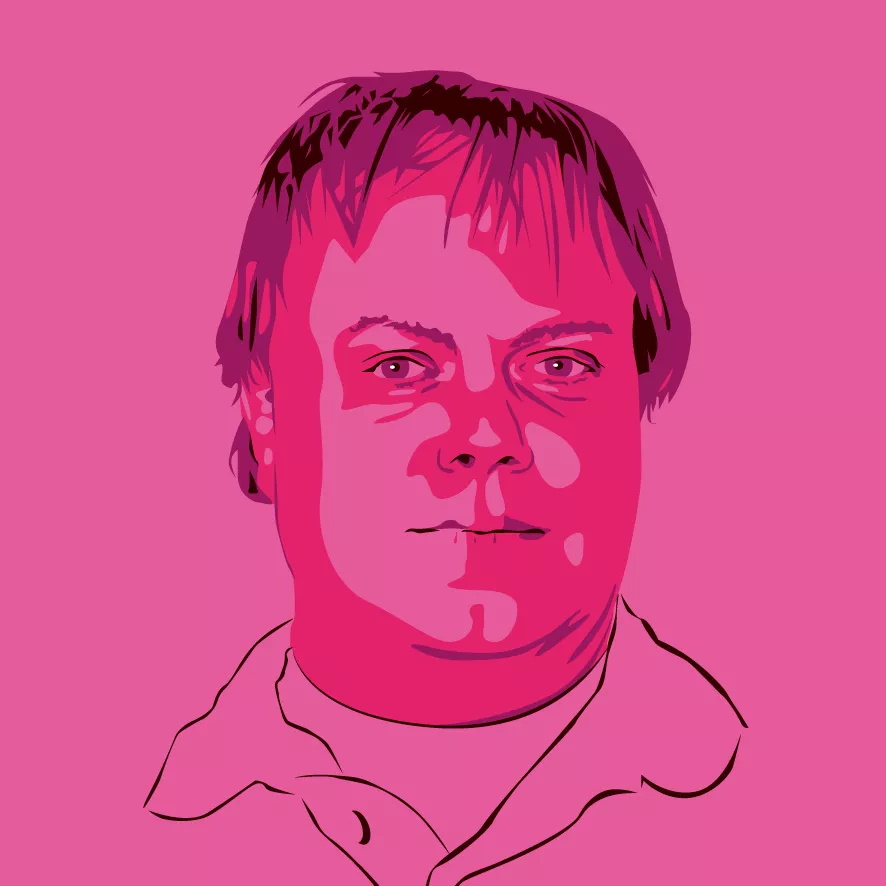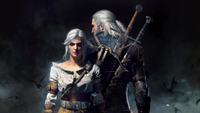The Witcher on Netflix 'leans more towards horror' than fantasy
Visual effects supervisor Julian Parry said that there's a lot of 'unpleasant' stuff happening in Geralt's world.

The Witcher videogames are fantasy RPGs, based on fantasy novels and short stories written by Andrzej Sapkowski. But The Witcher series on Netflix "leans more towards horror," visual effects supervisor Julian Parry told SFX magazine (via GamesRadar), because the world of The Witcher is actually pretty horrific—and also because it's easier to manage.
"I definitely think it leans more towards horror. We’re definitely taking the fantasy out. I can honestly say we’re not fantastical. I mean, it’s fantastical but in a grounded horror sense," Parry said. "For example, with Striga [a woman cursed to live as a monster], that’s one gnarly-looking thing. That’s very unpleasant!"
Courtesy of The Witcher Wiki, this is what a Striga looks like, and it's fair to say that she wouldn't be out of place in your average D-list slasher flick:

Logistics are a factor, too. "We’ve got the Nilfgaard armies, which can’t exist because there are 10,000-plus of them," Parry said. "Same with the Temerians and the Cintrans. the armies physically can’t exist here on set."
Anyone who's watched Game of Thrones can tell you that CGI goes a long way toward filling that hole, and it's not as though huge armies won't make any sort of appearance in the series—we catch a brief glimpse of a large-scale clash between armies in The Witcher trailer, after all. But The Witcher is a very personal story—when you get right down to it, Geralt is just a guy trying to make a living in a gig economy—and that's where elements of horror can really shine, even in a clearly fantastical setting.
I'm eager to see how it works out, but "taking the fantasy out" notwithstanding, I'm reasonably confident that The Witcher on Netflix will still be a fantasy tale: A Striga may be horrifying, but it's going to take a sword and some magic to deal with it, after all.
The Witcher will debut on Netflix on December 20. A second season hasn't been signed yet, but showrunner Lauren Hissrich is ready for it: She recently said that she's already got seven seasons mapped out.
Keep up to date with the most important stories and the best deals, as picked by the PC Gamer team.
The Witcher season 2: Release date, cast, and trailers
The Witcher 4: Will it happen?

Andy has been gaming on PCs from the very beginning, starting as a youngster with text adventures and primitive action games on a cassette-based TRS80. From there he graduated to the glory days of Sierra Online adventures and Microprose sims, ran a local BBS, learned how to build PCs, and developed a longstanding love of RPGs, immersive sims, and shooters. He began writing videogame news in 2007 for The Escapist and somehow managed to avoid getting fired until 2014, when he joined the storied ranks of PC Gamer. He covers all aspects of the industry, from new game announcements and patch notes to legal disputes, Twitch beefs, esports, and Henry Cavill. Lots of Henry Cavill.


